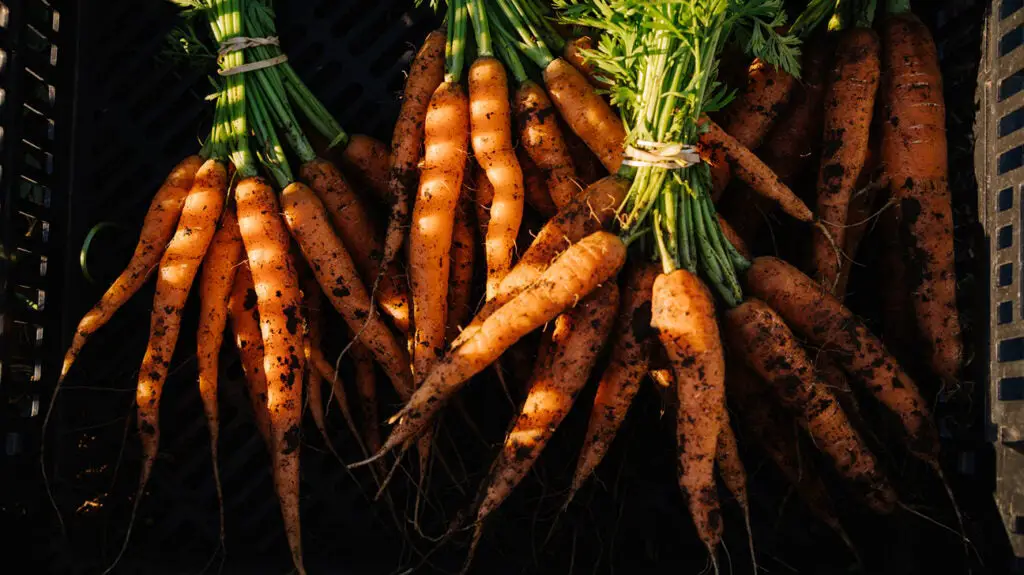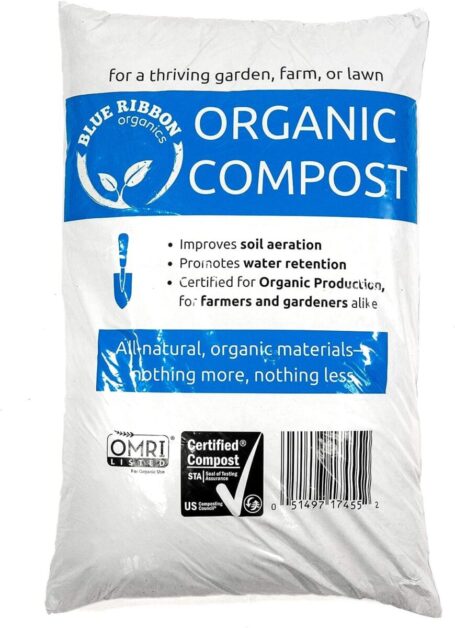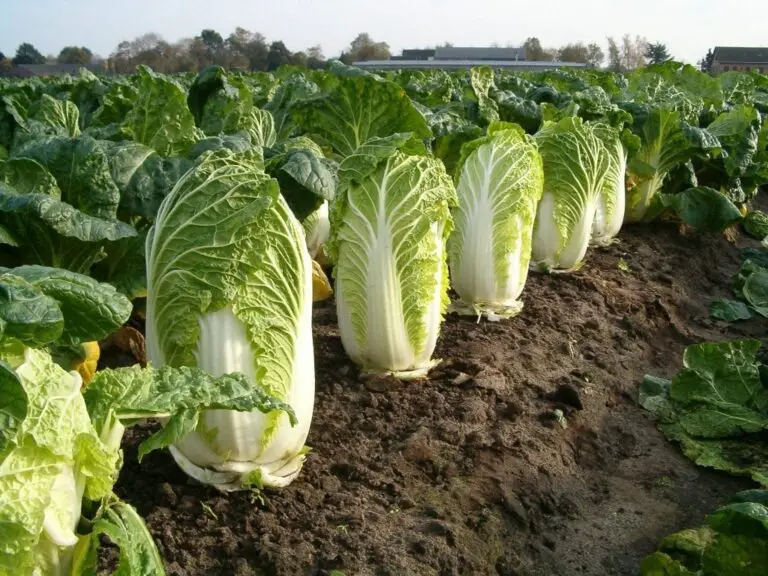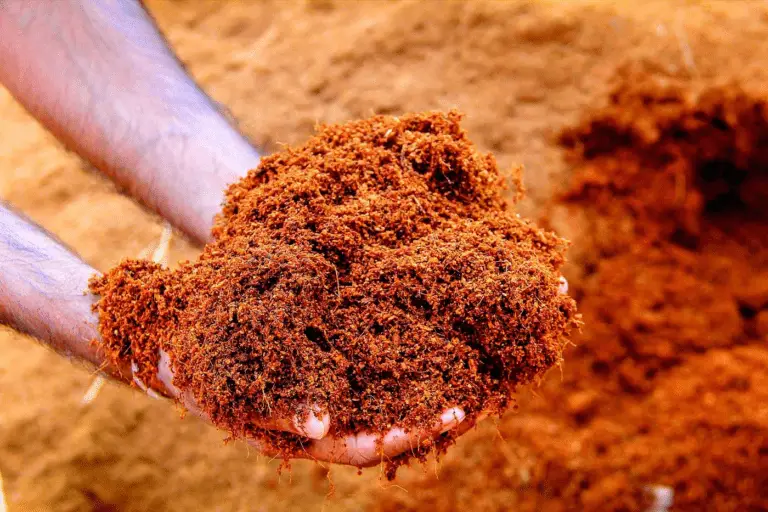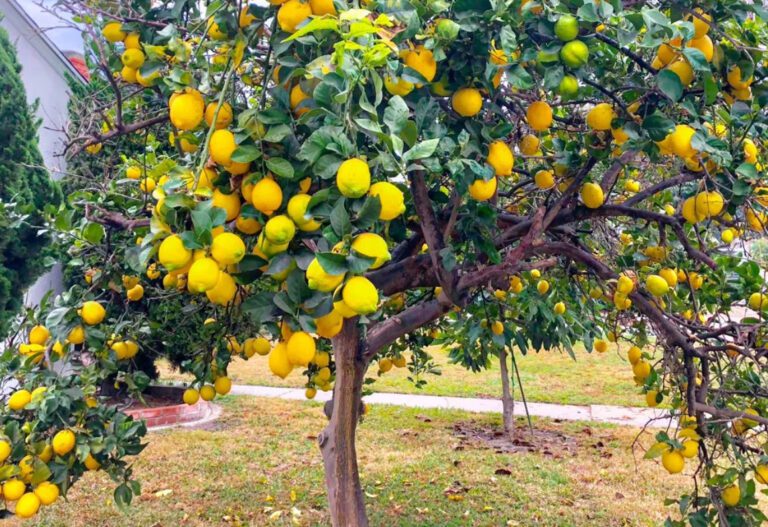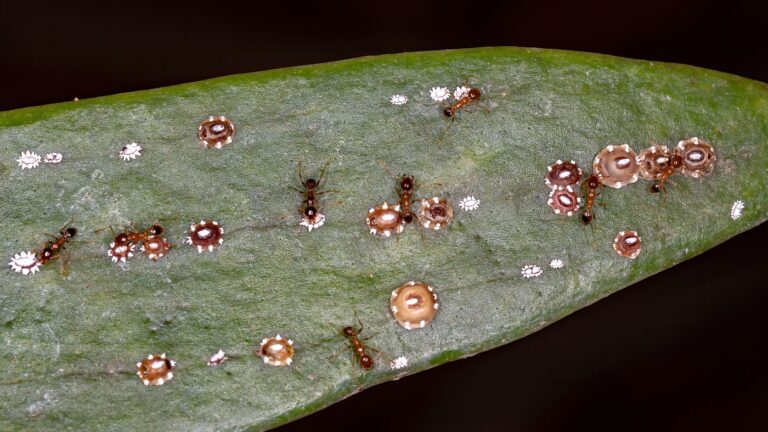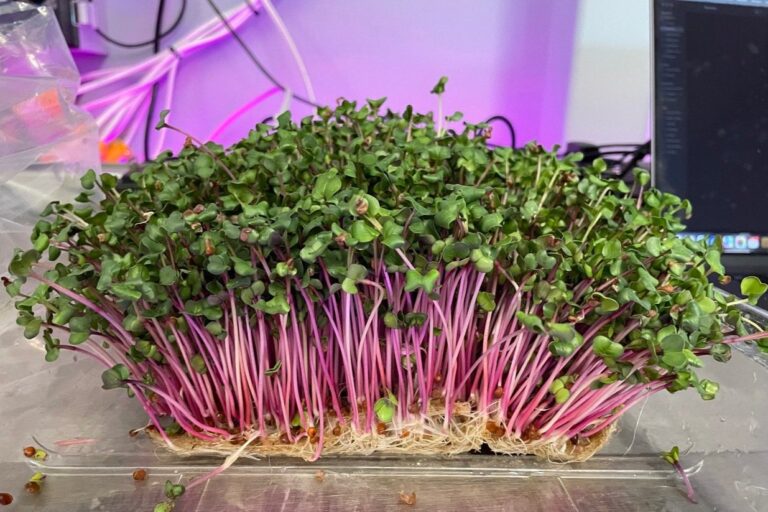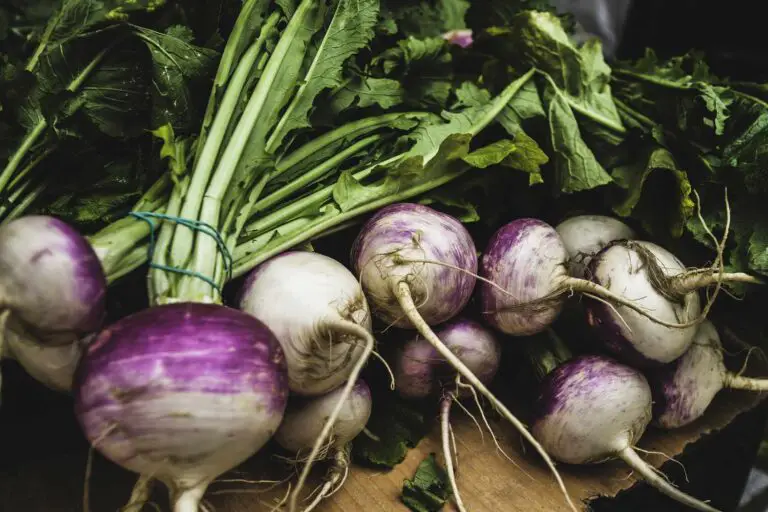How To Plant, Grow, and Care For Carrots
Did you know that carrots come in a variety of colors, including purple and yellow, not just orange? Not only are they versatile in the kitchen, but they’re also easy to grow in your own backyard. If you’re wondering how to plant, grow, and care for carrots, you’ve come to the right place. In this blog post, we’ll share tips and tricks from our own gardening experience to help you get started.
Carrots are a great vegetable for beginners, as they don’t require a lot of space or maintenance. With the right soil and care, you can enjoy fresh, homegrown carrots in as little as 70 days. We’ll cover everything from planting seeds to harvesting and storing your crop. By the end of this post, you’ll have the knowledge and confidence to grow your own carrots like a pro. So let’s get started!
Table of Contents
Selecting the Right Carrot Variety for Your Garden
Carrots are a versatile and popular vegetable that can be grown in home gardens all year round. When selecting the right carrot variety for your garden, it is important to consider factors such as size, shape, color, and taste. There are a wide variety of carrot types available, each with its own unique characteristics.
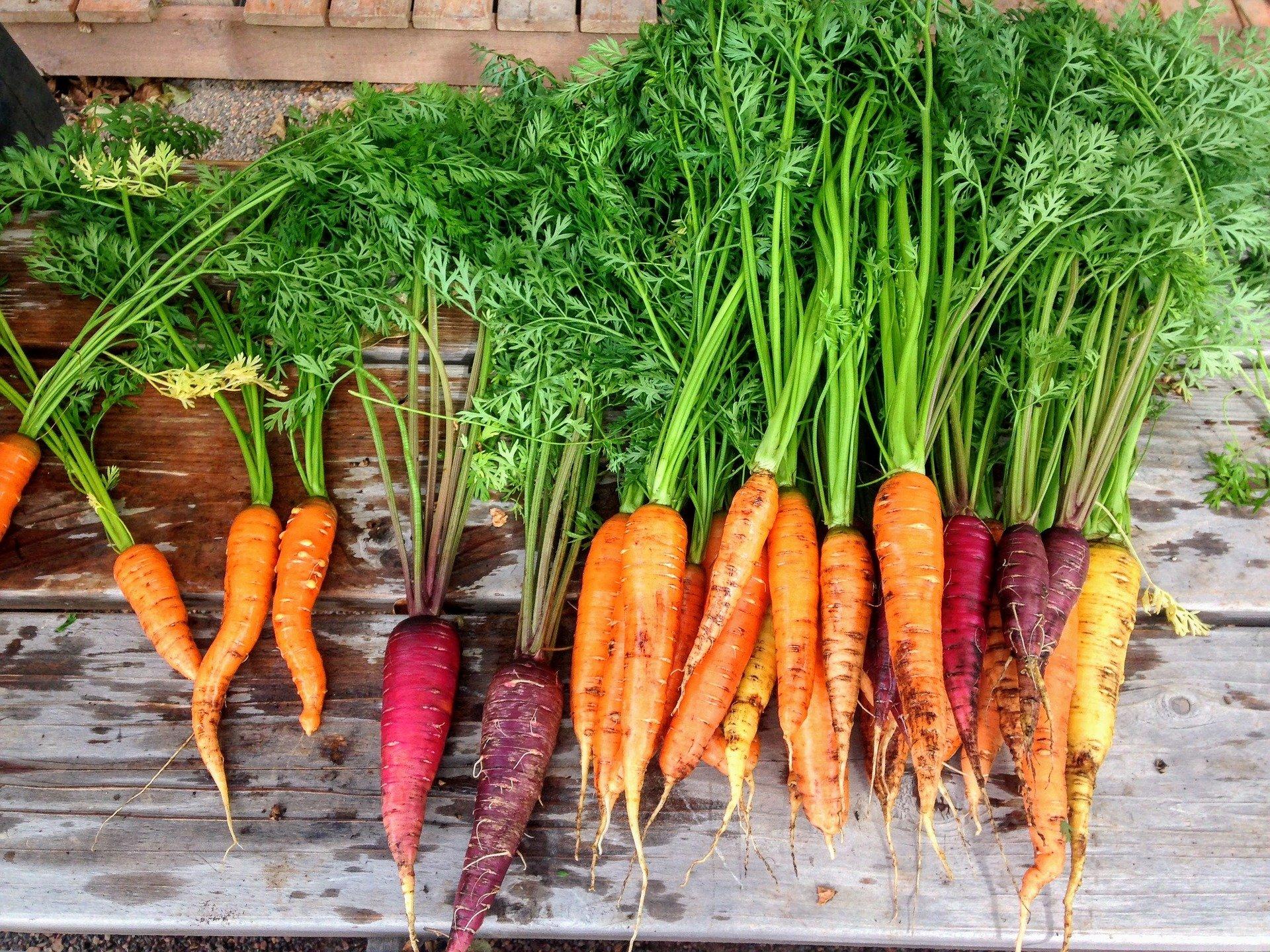
Known for its sweet and crunchy flavor.
Cylindrical shape, bright orange color, and smooth texture.
Typically harvested when 6 to 7 inches long.
Ideal for fresh eating, juicing, and cooking.
Valued for its versatility and adaptability.
Conical shape, deep orange color, and slightly tapered end.
Typically harvested when 6 to 8 inches long.
Suitable for fresh eating and storing; holds up well in various cooking methods.
Features a unique small and round shape.
Resembles small, bite-sized balls.
Sweet and tender flavor.
Typically harvested when 1 to 2 inches in diameter.
Perfect for snacking and adding to salads.
When selecting a carrot variety for your garden, consider your personal preferences and the specific needs of your growing conditions. Some varieties are better suited for specific climates or soil types, so it is important to choose a variety that will thrive in your garden. Additionally, consider the intended use of your carrots, whether it be fresh eating, cooking, or juicing, as this can also influence the best variety for you. Experiment with different carrot varieties to discover which ones perform best in your garden and satisfy your taste buds.
Preparing the Soil for Carrot Planting
Preparing the soil is a crucial step in ensuring the successful growth of carrot plants in your garden. Carrots require well-draining soil that is loose, friable, and free from any large rocks or clumps.
- Weed Removal:
- Begin by clearing the planting area of any weeds or grass.
- Weeds can compete with carrots for nutrients and water, hindering their growth.
- Manual removal of weeds is preferred over herbicides to avoid negative effects on soil and surrounding plants.
- Soil Preparation:
- Loosen the soil to a depth of about 12 inches using a garden fork or tiller.
- This aids water penetration and allows roots to grow deeply.
- Improved soil texture facilitates the emergence of young carrot roots.
- Add organic matter like compost or well-rotted manure to enrich the soil with nutrients.
- This promotes healthy root development and overall plant growth.
In conclusion, careful preparation of the soil is essential for successful carrot planting. By removing weeds, loosening the soil, and incorporating organic matter, you create a favorable environment for carrot growth. Taking the time to properly prepare the soil will ultimately result in strong and healthy carrot plants, setting the stage for a fruitful harvest.
Having employed Roundup Weed & Grass Killer in my yard, I found it to be highly effective in eliminating stubborn weeds and grasses. Its fast-acting formula swiftly eradicated unwanted vegetation, providing visible results within hours of application. The refillable container added to its convenience, ensuring easy replenishment for continued use. While its non-selective nature requires careful application to avoid harming desired plants, its rainproof feature and long-lasting weed control make it a valuable asset for maintaining weed-free driveways and walkways.
However, I remain mindful of its chemical composition and take necessary precautions to mitigate potential environmental and health risks.
- Effective Weed Killer: Roundup Weed & Grass Killer is known for its effectiveness in eliminating unwanted vegetation, including tough weeds and grasses.
- Refillable: This product comes in a convenient refill container, allowing for easy replenishment of your spray bottle without the need to purchase a new one each time.
- Versatile Use: Suitable for use on driveways, walkways, and other hard surfaces, making it ideal for clearing out weeds in various outdoor areas.
- Fast Action: Roundup works quickly to kill weeds, usually within hours of application, providing rapid results for visible weed control.
- Long-lasting Results: It prevents weeds from regrowing for up to 3 months, providing extended protection against weed resurgence.
- Rainproof Formula: The rainproof feature ensures that the product remains effective even if rain occurs shortly after application, providing peace of mind in unpredictable weather conditions.
- Chemical Ingredients: Some users may be concerned about the use of chemical herbicides and their potential impact on the environment and human health.
- Non-selective: Roundup is a non-selective herbicide, meaning it will kill any plant it comes into contact with, including desirable vegetation if not applied carefully.
- Residual Soil Activity: While it effectively kills existing weeds, there is a risk of residual soil activity that may affect nearby plants if not used cautiously.
- Environmental Impact: There is ongoing debate and controversy regarding the environmental impact of glyphosate, the active ingredient in Roundup, with some studies linking it to potential ecological harm.
- Safety Precautions: Users need to take proper safety precautions when handling and applying the product, including wearing protective clothing and avoiding contact with skin and eyes.
- Potential Health Risks: Prolonged exposure to glyphosate may pose health risks, and users should follow safety guidelines provided by the manufacturer.
Sowing Carrot Seeds: Tips and Techniques
To successfully sow carrot seeds and ensure optimal growth, there are several tips and techniques that gardening enthusiasts should follow. Firstly, it is essential to select the right carrot variety for your garden. Carrots come in various shapes, sizes, and colors, each with its own unique flavor and texture. Consider factors such as soil type, climate, and personal preference when choosing the variety that best suits your needs.

- Prepare the soil adequately for carrot planting by loosening it with a garden fork or tiller, removing rocks, clumps, and debris, and ensuring a soil pH of 6.0 to 6.8.
- Sow carrot seeds directly into the garden bed, following the specified depth and spacing guidelines on the seed packet.
- Gently cover the seeds with fine soil and water the area gently, keeping the top inch of soil consistently moist during the germination period.
- Thin carrot seedlings when they reach about 2 inches in height, leaving them 2-4 inches apart for baby carrots and 1-2 inches apart for full-sized carrots.
- Thin gradually over a few days to avoid shock and handle seedlings gently by their leaves, not the delicate roots.
- Discard or compost excess seedlings and ensure at least 2 inches of exposed soil around the base of the remaining plants for ample root growth.
- Repeat the thinning process while moving down the planting row until seedlings are properly spaced.
- Water immediately after thinning to settle the soil and help transplanted seedlings re-establish.
- Proper thinning sets up strong root development and future transplant success.
The following table explains the sowing of carrot seeds techniques
| Sowing Method | Depth (inches) | Spacing (inches) | Soil Temperature (°F) | Germination Time (days) |
|---|---|---|---|---|
| Direct Seeding | 0.25 – 0.5 | 2 | 50 – 85 | 10 – 21 |
| Raised Beds | 0.25 – 0.5 | 2 | 50 – 85 | 10 – 21 |
| Containers/Pots | 0.25 – 0.5 | 2 | 50 – 85 | 10 – 21 |
By following these tips and techniques for sowing carrot seeds, gardening enthusiasts can lay the foundation for a successful carrot harvest. With careful variety selection, soil preparation, proper sowing techniques, and timely thinning, one can set their carrot plants on the path to robust growth and bountiful yields.
Watering Carrots: Best Practices for Moisture Management
Watering is a crucial aspect of managing the moisture levels for carrots in your garden. Proper moisture management plays a vital role in the development and overall health of your carrot plants.

- Carrots need consistent moisture, especially during germination and early growth stages, to prevent stunted growth and misshapen roots.
- Keep the soil evenly moist but not saturated by assessing the top inch of soil; it should feel slightly moist to the touch.
- If the soil is dry, water the plants, but if it’s overly wet, hold off on watering to avoid excessive moisture.
- Applying mulch around carrot plants helps regulate soil moisture, reducing evaporation and maintaining a consistent humidity level.
Providing Adequate Sunlight and Temperature for Carrot Growth
Sunlight and temperature are two crucial factors that greatly influence the growth and development of carrots in your garden.
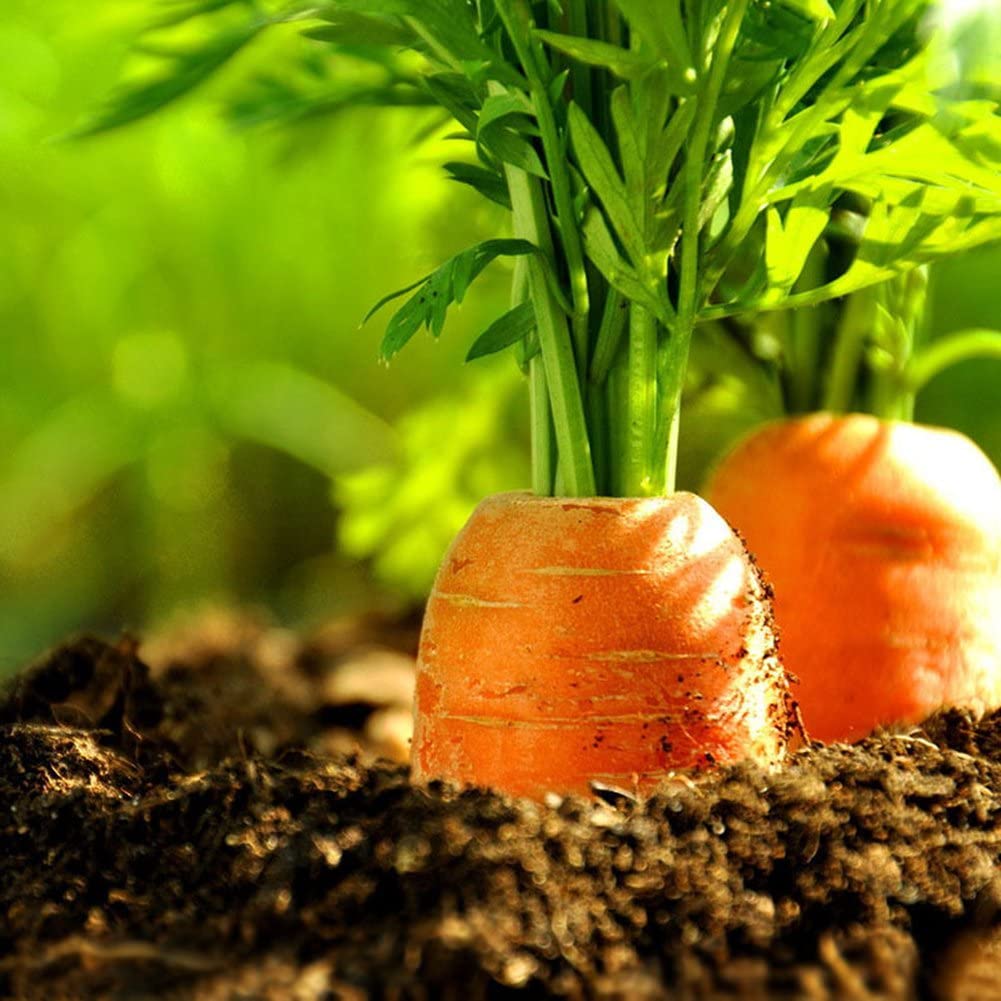
Nutrient Requirements: Fertilizing Carrots for Healthy Development
When it comes to growing healthy and vibrant carrots, providing the right nutrients is essential. Carrots have specific nutrient requirements that need to be met in order to support their growth and development.
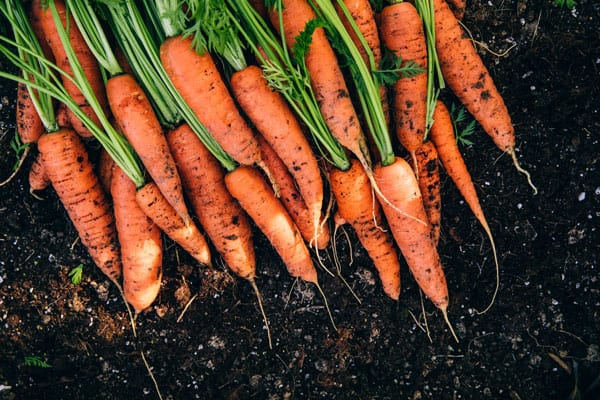
- One of the key nutrients that carrots require is nitrogen.
- Nitrogen plays a crucial role in promoting leafy growth and ensuring that the plants have enough energy for root development.
- To provide the necessary nitrogen for your carrot plants, you can use organic fertilizers such as compost or well-rotted manure.
- These types of fertilizers not only add nitrogen to the soil but also improve its overall fertility.
- When applying the fertilizer, make sure to spread it evenly over the soil and gently incorporate it into the top layer.
- Avoid excessive application of nitrogen, as it can lead to excessive vegetative growth at the expense of root development.
- Finding the right balance is crucial to ensure healthy carrot growth.
The folowing table explains the nutrient requirements:
| Nutrient | Optimal Range (ppm) |
|---|---|
| Nitrogen (N) | 100 – 150 |
| Phosphorus (P) | 50 – 80 |
| Potassium (K) | 100 – 150 |
| Calcium (Ca) | 100 – 200 |
| Magnesium (Mg) | 20 – 40 |
| Sulfur (S) | 20 – 50 |
| Boron (B) | 0.5 – 2.0 |
| Zinc (Zn) | 0.5 – 2.0 |
| Manganese (Mn) | 20 – 100 |
| Iron (Fe) | 20 – 100 |
After incorporating Blue Ribbon Organics compost into my gardening routine, I’ve witnessed remarkable improvements in the health and vitality of my plants. This nutrient-rich compost has transformed my soil, providing a boost of essential nutrients that has resulted in lush, thriving vegetation. Its organic composition aligns perfectly with my commitment to environmentally friendly gardening practices, and its versatility allows me to use it for various applications throughout my garden. While the initial investment may be higher than some alternatives, the long-term benefits to soil structure and plant health make it a worthwhile investment for any gardener looking to cultivate vibrant, sustainable gardens.
✅ Nutrient-Rich: This compost is rich in essential nutrients, including nitrogen, phosphorus, and potassium, which are beneficial for plant growth and soil health.
✅ Improves Soil Structure: The compost helps improve soil structure by increasing its ability to retain moisture and nutrients, as well as promoting better aeration and drainage.
✅ Enhances Plant Growth: By providing plants with a steady supply of nutrients, Blue Ribbon Organics compost supports healthy growth, leading to stronger, more resilient plants and higher yields.
✅ Versatile Use: It can be used for a wide range of gardening applications, including amending soil in gardens, raised beds, containers, and as a top dressing for lawns.
✅ Sustainable: Utilizing compost helps reduce waste by diverting organic materials from landfills and returning them to the soil, closing the nutrient cycle and promoting sustainability.
❌ Cost: While compost provides numerous benefits to soil and plants, the initial cost of purchasing it may be higher compared to other soil amendments or fertilizers.
❌ Decomposition Time: Depending on the composting process and materials used, Blue Ribbon Organics compost may take time to fully decompose and become fully integrated into the soil, requiring patience for optimal results.
❌ Odor: Like all organic materials, compost may emit a natural odor during decomposition, which some individuals may find unpleasant, especially if used in enclosed spaces.
❌ Potential Contaminants: While Blue Ribbon Organics compost is made from organic materials, there is a risk of contaminants such as weed seeds or pathogens being present in the compost, which may require additional management or precautions during use.
❌ Requires Mixing: Incorporating compost into the soil may require labor-intensive mixing to ensure even distribution and maximize its benefits, especially in larger gardening areas.
Thinning Carrot Seedlings for Optimal Growth
Thinning carrot seedlings is a crucial step in ensuring optimal growth and development of your carrots. As the seedlings sprout and begin to grow, it is essential to thin them out to provide adequate space for each plant to thrive.

Protecting Carrots from Pests and Diseases
Carrots, like any other garden vegetable, are susceptible to various pests and diseases that can hinder their growth and overall health. To protect your precious carrot crop, it is essential to implement proper preventive measures and promptly address any potential issues that may arise.
| Disease / Pest | Symptoms | Treatment | Effect on Plant |
|---|---|---|---|
| Alternaria Leaf Blight | Green-brown water-soaked lesions turning dark brown or black; yellowing and dying leaves | Choose resistant varieties; reduce leaf moisture; proper plant spacing; avoid excessive nitrogen | Reduced leaf health; potential root immaturity if leaves infected early |
| Cercospora Leaf Blight | Small dark spots with yellow margins on younger leaves and stems | Similar to Alternaria blight treatment; maintain proper plant spacing; avoid excessive nitrogen | Yellowing and damage to younger leaves and stems |
| Cottony Rot | Wet and soggy soil; soft, rotting seeds; poor seed germination | Avoid wet soil conditions; plant in well-draining soil; use high-quality seeds treated with organic fungicide | Low seed germination; potential seed rotting |
| Aphids | Yellowing, distorted leaves; necrotic spots; stunted shoots | Prune infected plants; use pests-free varieties; reflective mulches; organic insecticidal soaps or oils | Yellowing, distortion, and stunting of plant growth |
| Carrot Rust Fly | Tunnels on taproot filled with rust; unmarketable roots | Crop rotation; row covers; harvest in blocks; maintain 3-5 year crop rotation; exclude with row covers | Damage to taproots, rendering them unmarketable |
| Carrot Weevil | Irregular dark grooves on roots; yellowing cleaves; white to pinkish white larvae | Clean debris; implement crop rotation without umbelliferous crops; use Azadirachtin against weevil | Grooves on roots, yellowing of cleaves, potential root damage from larvae |
| Flea Beetle | Small holes or pits on leaves; susceptibility in young plants and seedlings | Crop rotation; avoid planting in sod; fall plowing to expose to predators; maintain non-host species rotation | Holes in leaves, potential damage to young plants and seedlings, reduced leaf health and growth |
Keeping a watchful eye for signs of pests and diseases, implementing preventive measures, and taking prompt action when necessary are vital in safeguarding your carrot crop. By dedicating time and effort to protecting your carrots, you can ensure a bountiful harvest of healthy and vibrant carrots to enjoy in your culinary endeavors.
Harvesting Carrots: Signs of Readiness and Techniques
One of the most exciting parts of growing carrots is the moment when you get to harvest them and enjoy the fruits of your labor. But how do you know when your carrots are ready to be harvested? There are a few signs to look for to determine if your carrots are fully matured and ready to be plucked from the soil.

- Size and Length: Check the size of the carrots, which typically reach full size when ready for harvesting, ranging from 6 to 8 inches long.
- Thickness: Assess the thickness of the roots; mature carrots will have a good girth, neither too thin nor too thick.
- Color of Carrot Tops: Observe the color of the carrot tops as they near maturity; fading and turning yellowish indicate readiness for picking.
- Root Color: Gently pull up a carrot from the soil to inspect the color of the root; fully ripe carrots will display a vibrant, deep color, signaling they are ready for harvesting.
Storing Carrots Properly for Long-lasting Freshness
Properly storing carrots after harvesting is crucial for ensuring their long-lasting freshness and preserving their nutritional value. By following a few simple guidelines, you can extend the shelf life of your carrots and enjoy their delicious flavor for an extended period.
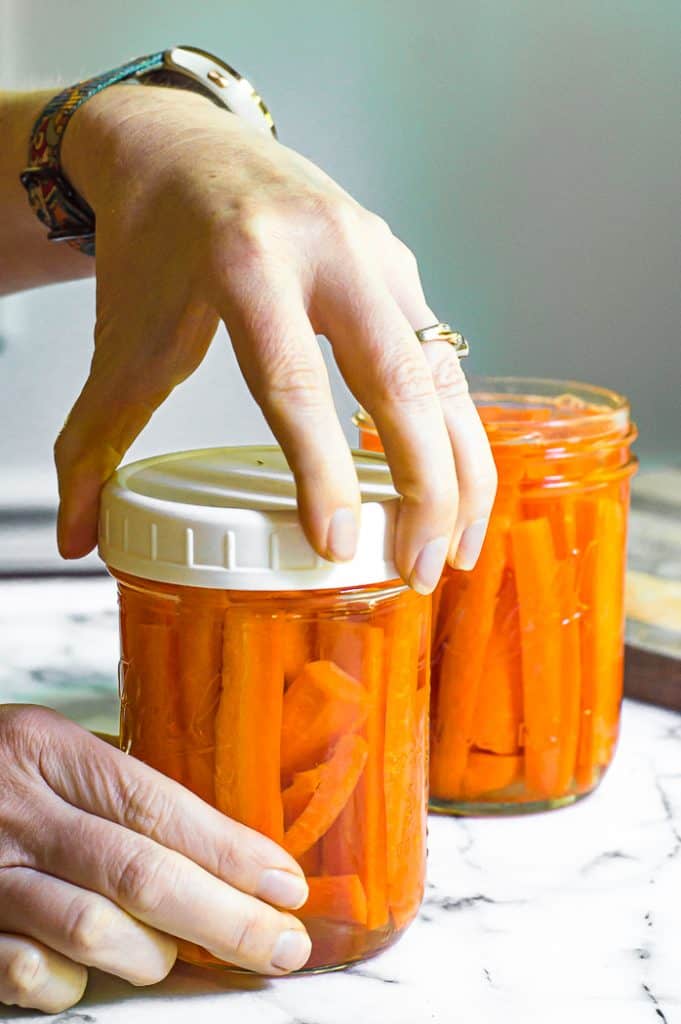
Remove Carrot Leaves:
- Before storing, it’s crucial to remove the carrot leaves.
- The leaves continue to draw moisture from the carrot, leading to rapid drying.
- Cut off the leaves about an inch above the carrot top to prevent moisture loss and maintain root freshness.
Choose Proper Storage Conditions:
- Optimal storage conditions are essential for preserving carrot quality.
- Carrots should be stored in a cool, dark place such as a refrigerator or root cellar.
- The ideal temperature range is between 32°F to 40°F (0°C to 4°C).
- Maintain a humidity level between 90% to 95% in the storage environment.
- This cold and humid setting helps retain the crispness, flavor, and nutritional content of the carrots.
By adhering to these storage guidelines, you can maximize the shelf life of your freshly harvested carrots and continue to enjoy their delectable taste and health benefits. However, it’s important to note that carrots can still spoil if they are stored for too long, so it’s best to consume them within a few weeks to ensure optimal freshness.
Watch video for more information:
fAQ
What is the best variety of carrot to plant in my garden?
The best variety of carrot to plant in your garden depends on your personal preferences and growing conditions. Some popular varieties include Nantes, Danvers, and Chantenay.
How should I prepare the soil before planting carrots?
Before planting carrots, it is important to loosen the soil to a depth of at least 12 inches and remove any rocks or debris. Adding compost or well-rotted manure can also help improve the soil’s fertility.
What are some tips for sowing carrot seeds?
When sowing carrot seeds, it is important to plant them shallowly, about 1/4 inch deep, and space them about 2 inches apart. It is also helpful to keep the soil slightly moist until the seeds germinate.
How often should I water my carrots?
Carrots require consistent moisture to grow properly. It is generally recommended to water them deeply once or twice a week, allowing the soil to dry out slightly between waterings.
How much sunlight do carrots need?
Carrots thrive in full sunlight, which means they should ideally receive at least 6 to 8 hours of direct sunlight each day. However, they can tolerate some shade as well.
How often should I fertilize my carrots?
Carrots generally require a balanced fertilizer application once or twice during their growing season. It is important not to over-fertilize, as this can result in excessive foliage growth and small, misshapen roots.
Why is thinning carrot seedlings necessary?
Thinning carrot seedlings is necessary to ensure proper spacing and allow the remaining carrots enough room to grow. Crowded seedlings can lead to stunted growth and irregularly shaped roots.
How can I protect my carrots from pests and diseases?
To protect your carrots from pests and diseases, you can employ various methods such as using row covers, practicing crop rotation, and applying organic pest control methods like neem oil or insecticidal soaps.
How do I know when my carrots are ready to be harvested?
Carrots are usually ready to be harvested when their roots have reached a desirable size and color. You can gently pull one out of the ground to check its size and taste. Mature carrots are typically firm and crisp.
What is the best way to store carrots for long-lasting freshness?
The best way to store carrots for long-lasting freshness is to remove the green tops, wash and dry the carrots, and then store them in a perforated plastic bag in the refrigerator. This helps retain moisture and prevent them from becoming rubbery.

Studied Agricultural Engineering-Plant Protection at University of California, Davis.
Head of Content writing team at Southelmontehydroponics.com

